The electric vehicle (EV) industry is evolving rapidly, and so is the technology that supports vehicle charging. One of the most critical of these is the Combined Charging System (CCS) connector, which comes in two types: CCS1 and CCS2. In the next step, this article will take you through the specific differences between these two types.
What is the CCS1 Connector?
CCS1 is the North American standard for electric vehicle charging connectors. It integrates the Type 1 connector used predominantly in the United States and Canada for AC charging with additional pins for DC fast charging. This design allows EV owners to access both slow and rapid charging options using a single port.
What is the CCS2 Connector?
In contrast, the CCS2 connector is prevalent in Europe and other regions adhering to European standards. It builds on the Type 2 connector, commonly used across the European Union, adding extra pins for DC charging. This universal approach in Europe ensures that EVs can connect to the widespread AC and fast DC charging infrastructure without needing different cables.

Differences Between CCS1 and CCS2
The CCS (Combined Charging System) connectors, namely CCS1 and CCS2, are pivotal in the electric vehicle (EV) charging infrastructure but differ in several key aspects which are essential for compatibility and operational functionality in different regions. Here's a detailed comparison:
Physical Design
-
CCS1: Utilizes the Type 1 plug as its basis for AC charging, which is a single-phase plug mainly used in North America. For DC charging, CCS1 adds two large pins below the Type 1 interface to facilitate fast charging.
-
CCS2: Based on the Type 2 plug, which is capable of both single and three-phase charging, making it more versatile in terms of the power delivery it can handle. The DC fast charging capability is integrated by adding two additional large pins above the main AC connector, a layout commonly seen in Europe.
Technical Specifications
-
Voltage and Current: Both CCS1 and CCS2 connectors support similar voltage ranges for DC fast charging, typically up to 920 V. However, there are slight differences in the maximum current: CCS1 supports up to 200 amps, while CCS2 can handle up to 350 amps due to its robust design, facilitating faster charging times. For AC charging at home, both connectors are compatible with Level 2 EV chargers, which are commonly used in residential settings.
-
Power Output: Both connectors can theoretically support up to 350 kW under optimal conditions, making them suitable for rapid charging stations that significantly reduce waiting times.
Geographical and Market Adoption
-
CCS1: Predominantly used in the United States and Canada, aligning with North American automotive standards and electrical grid specifications, making it a common choice for home EV chargers in these regions.
-
CCS2: Widely adopted across the European Union, and it is also found in parts of Asia and Australia. The European Commission’s push for a standardized connector has aided in its widespread adoption.
Compatibility and Interoperability
-
Vehicle Compatibility: Vehicles designed for the North American market typically feature CCS1 connectors, while European models use CCS2. This can pose challenges for users who import vehicles or travel internationally.
-
Charging Network Compatibility: Public and private charging infrastructure typically supports the dominant standard of the region. However, adapters are available that allow vehicles to charge from non-native chargers, albeit often at reduced efficiency and convenience.
Future Evolution
-
Standardization Efforts: There are ongoing discussions in the industry about potentially standardizing a single CCS system worldwide to simplify manufacturing and increase global EV adoption. However, significant technical and regulatory challenges remain.
-
Technological Developments: Both systems continue to evolve, with improvements aimed at increasing the power handling capabilities and reducing charging times. Innovations in cable and plug technology may allow even higher power levels and faster charging in the future.
For further information on electric vehicle charging standards, consider viewing "J1772 vs. CCS: What's the Difference?"
What are the Benefits and Drawbacks of CCS1 and CCS2 Connectors?
Benefits and Drawbacks of CCS1 Connectors
Benefits of CCS1
-
Regional Standardization: In North America, CCS1 is the standardized connector, which simplifies manufacturing and infrastructure development for this region.
-
DC Fast Charging Capability: Allows vehicles to charge at high speeds, significantly reducing downtime for charging, which is crucial for long-distance travel and commercial use.
-
Widespread Infrastructure: Well-established charging infrastructure in the U.S. and Canada means that EV owners have broad access to compatible charging stations.
Drawbacks of CCS1
-
Limited Global Compatibility: CCS1 is not widely used outside of North America, posing challenges for North American EV manufacturers and owners traveling or exporting vehicles internationally.
-
Single-Phase Limitation: The Type 1 AC base of CCS1 limits it to single-phase power, which may not be as efficient as three-phase systems used in other parts of the world.
Benefits and Drawbacks of CCS2 Connectors
Benefits of CCS2
-
Flexibility in Charging: The Type 2 base used in CCS2 supports both single and three-phase power, making it more versatile and capable of faster AC charging in settings equipped for three-phase power.
-
European Standard: As the standard across the European Union and other regions, CCS2 ensures broad compatibility and ease of access to charging infrastructure for travelers and commercial operators across these areas.
-
Higher Current Handling: CCS2 connectors can handle higher currents (up to 350 amps), enabling them to support quicker DC charging compared to CCS1.
Drawbacks of CCS2
-
Regional Restrictions: While CCS2 is the standard in Europe, it is not commonly used in North America, limiting its global reach and posing similar issues as CCS1 for international travel and vehicle import/export.
-
Infrastructure Costs: The ability to handle higher currents and three-phase power can lead to higher costs for charging station infrastructure, potentially slowing down the widespread rollout of fast-charging stations.
Both CCS1 and CCS2 connectors have their advantages and limitations, tailored to the regions they primarily serve. As the global EV market continues to expand, the automotive industry may need to address these regional disparities to enhance cross-compatibility and support the broader adoption of electric vehicles worldwide.
Conclusion
While CCS1 and CCS2 connectors serve the same fundamental purpose—providing efficient charging solutions for electric vehicles—their differences are shaped largely by regional standards and vehicle designs. As the EV market continues to grow, the discussion around potentially harmonizing these standards might become more prominent.

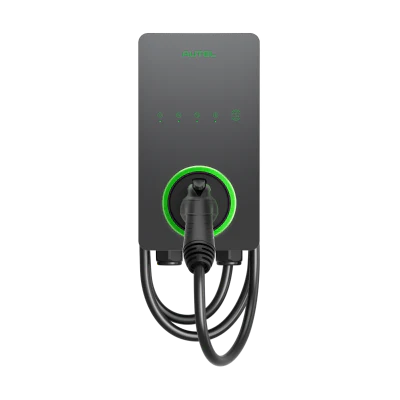
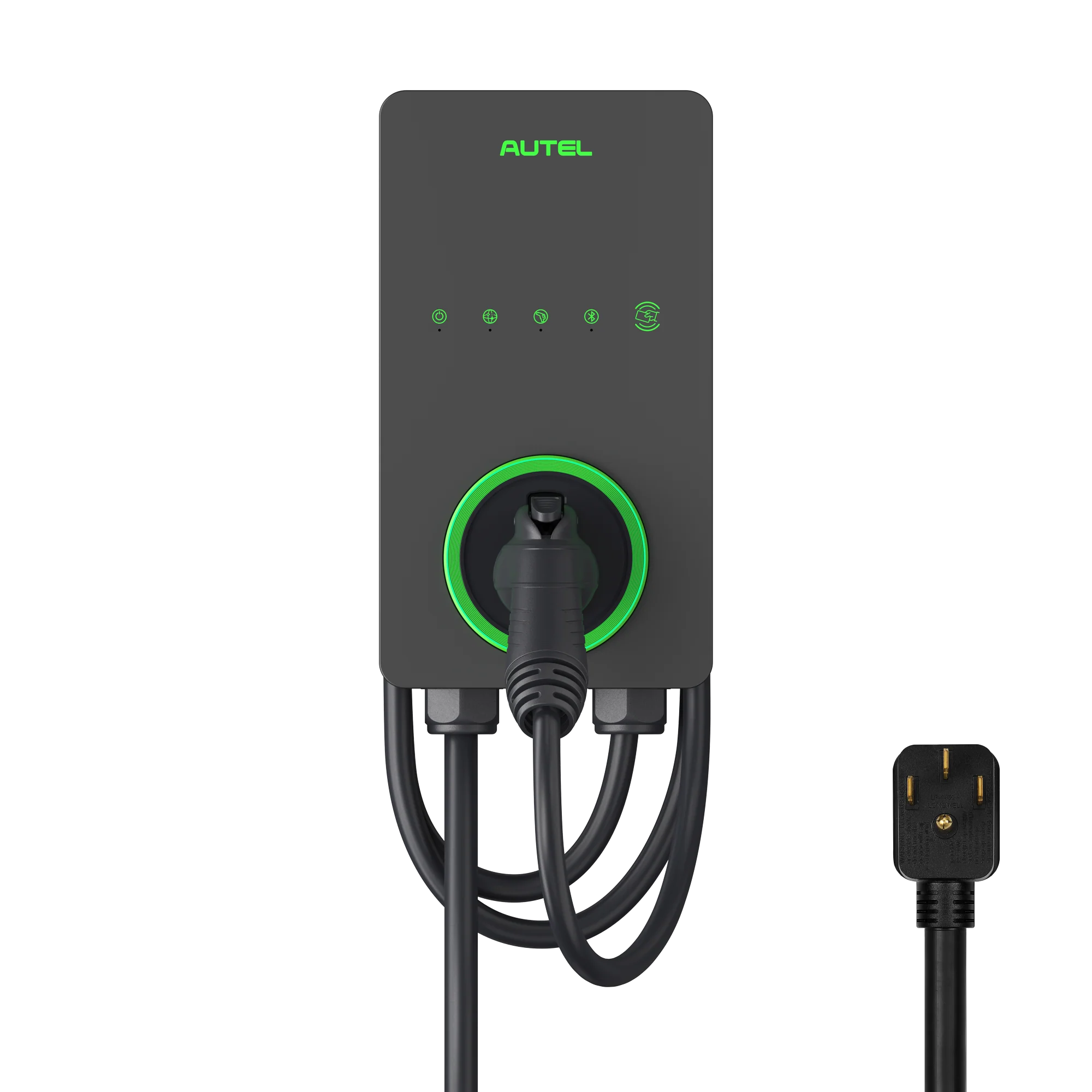
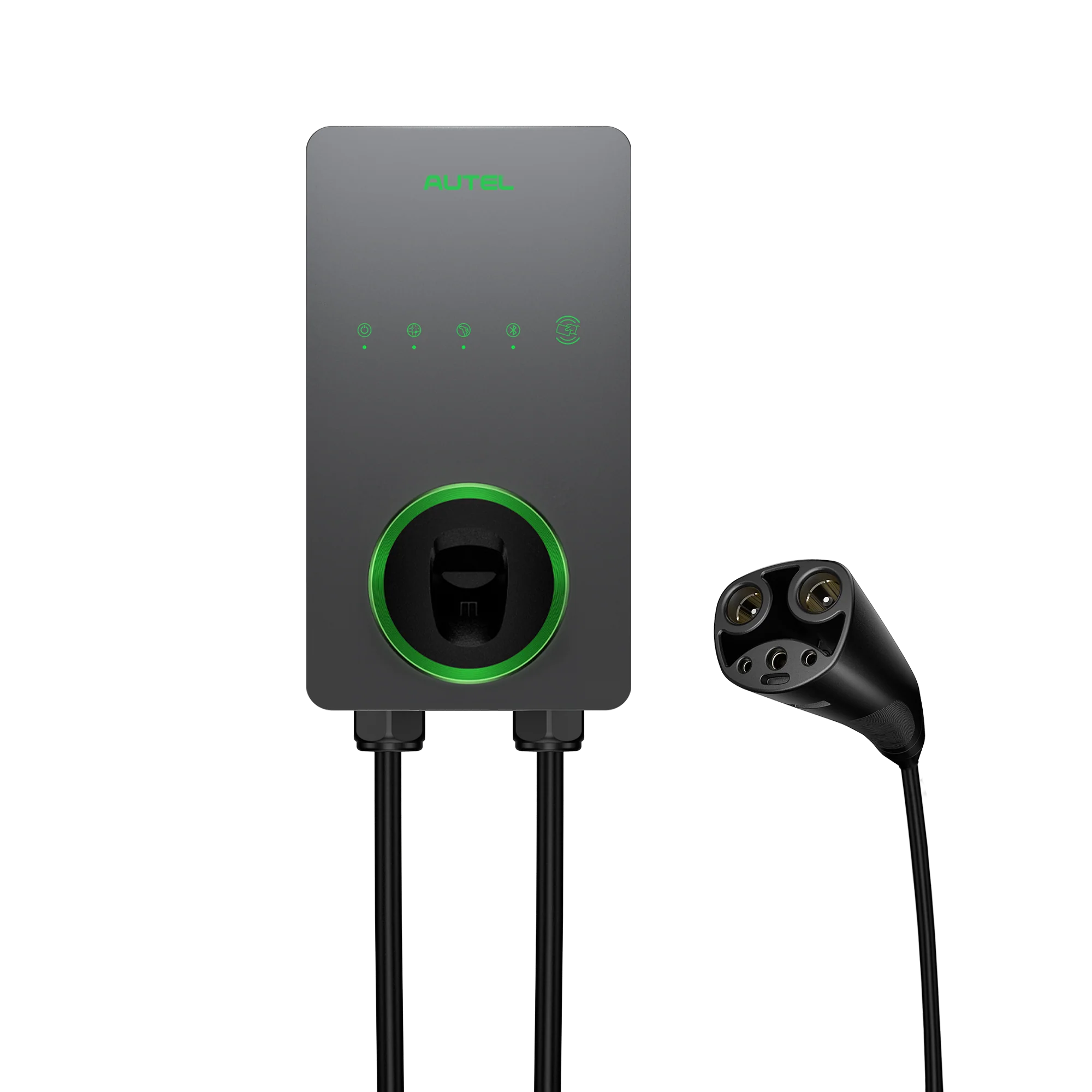
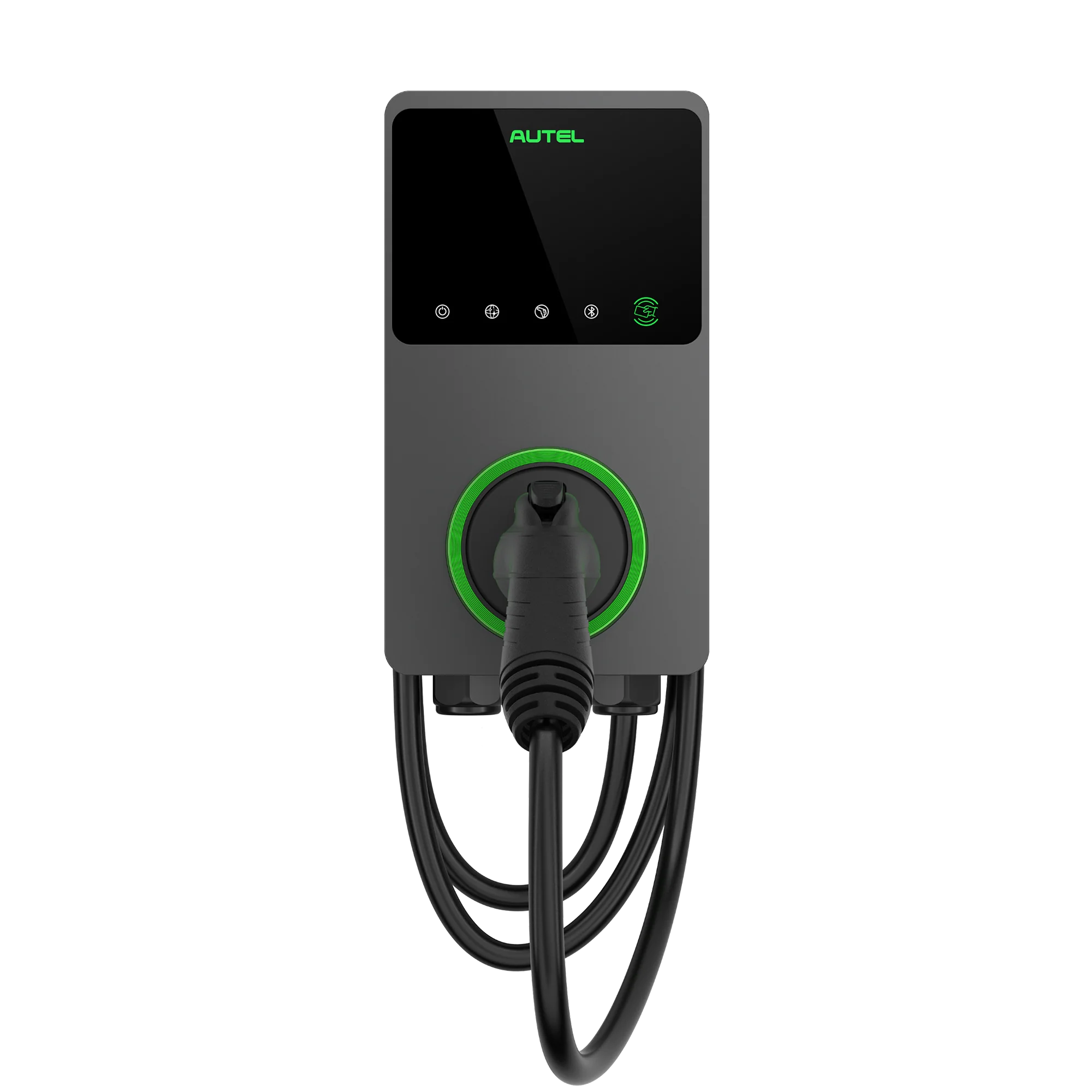
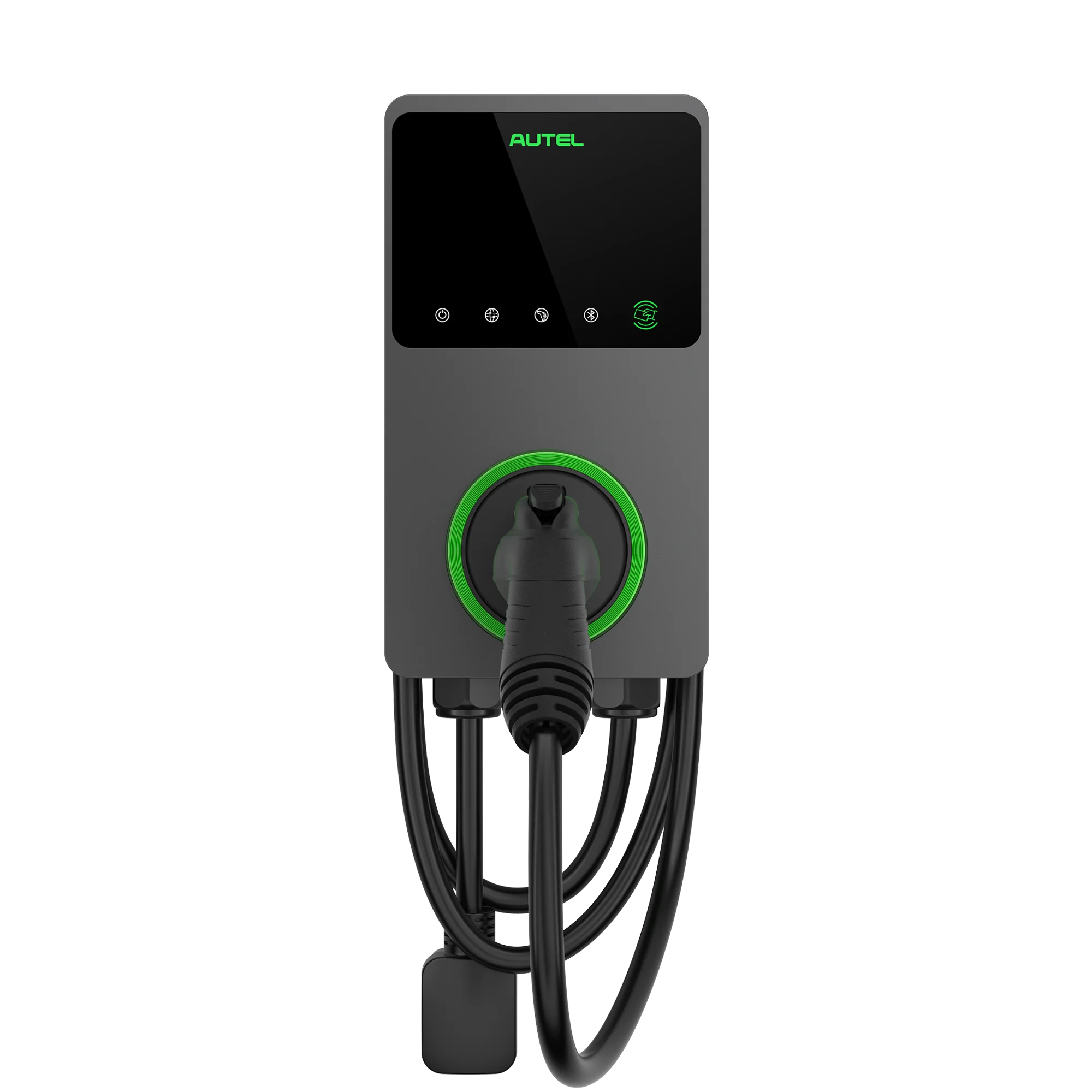

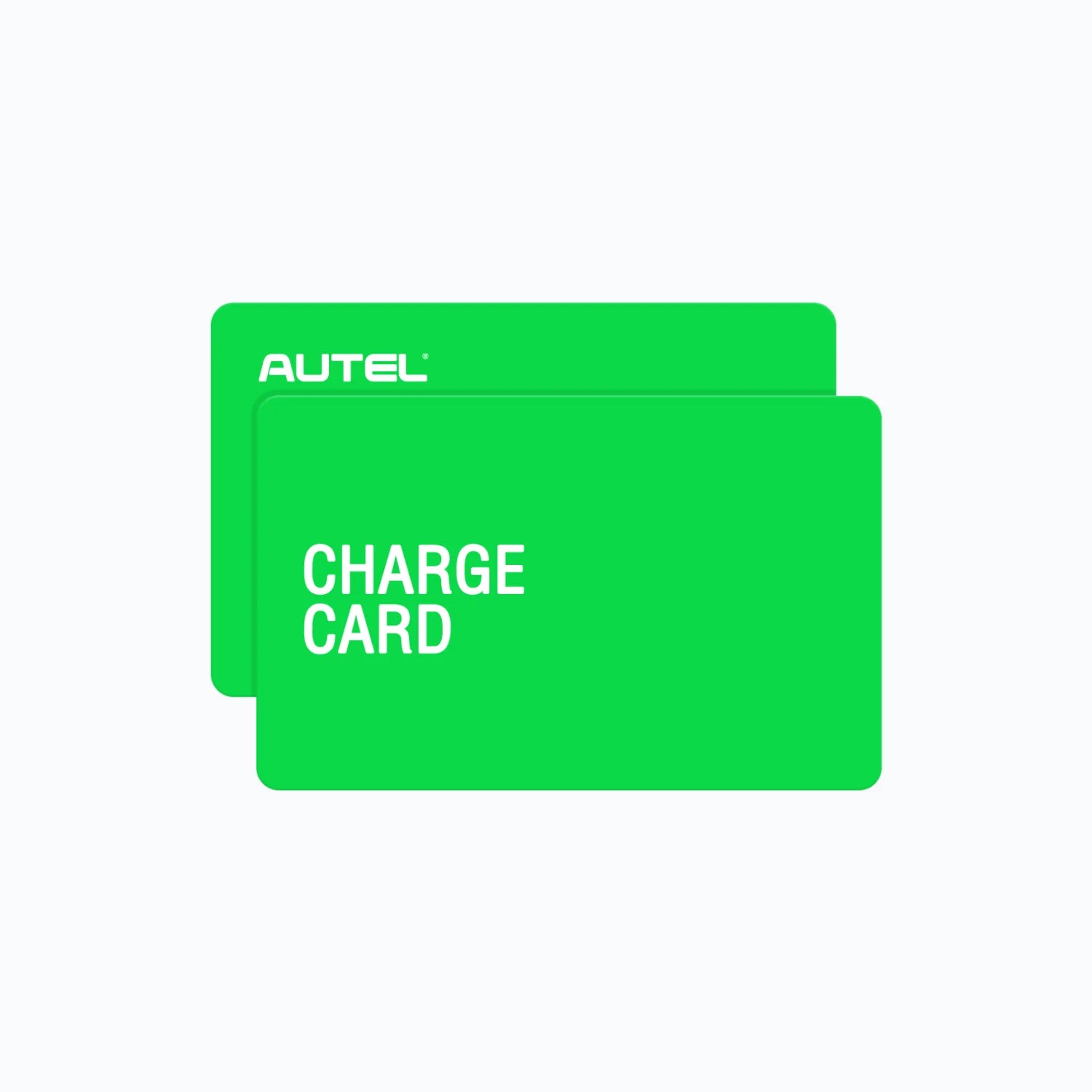
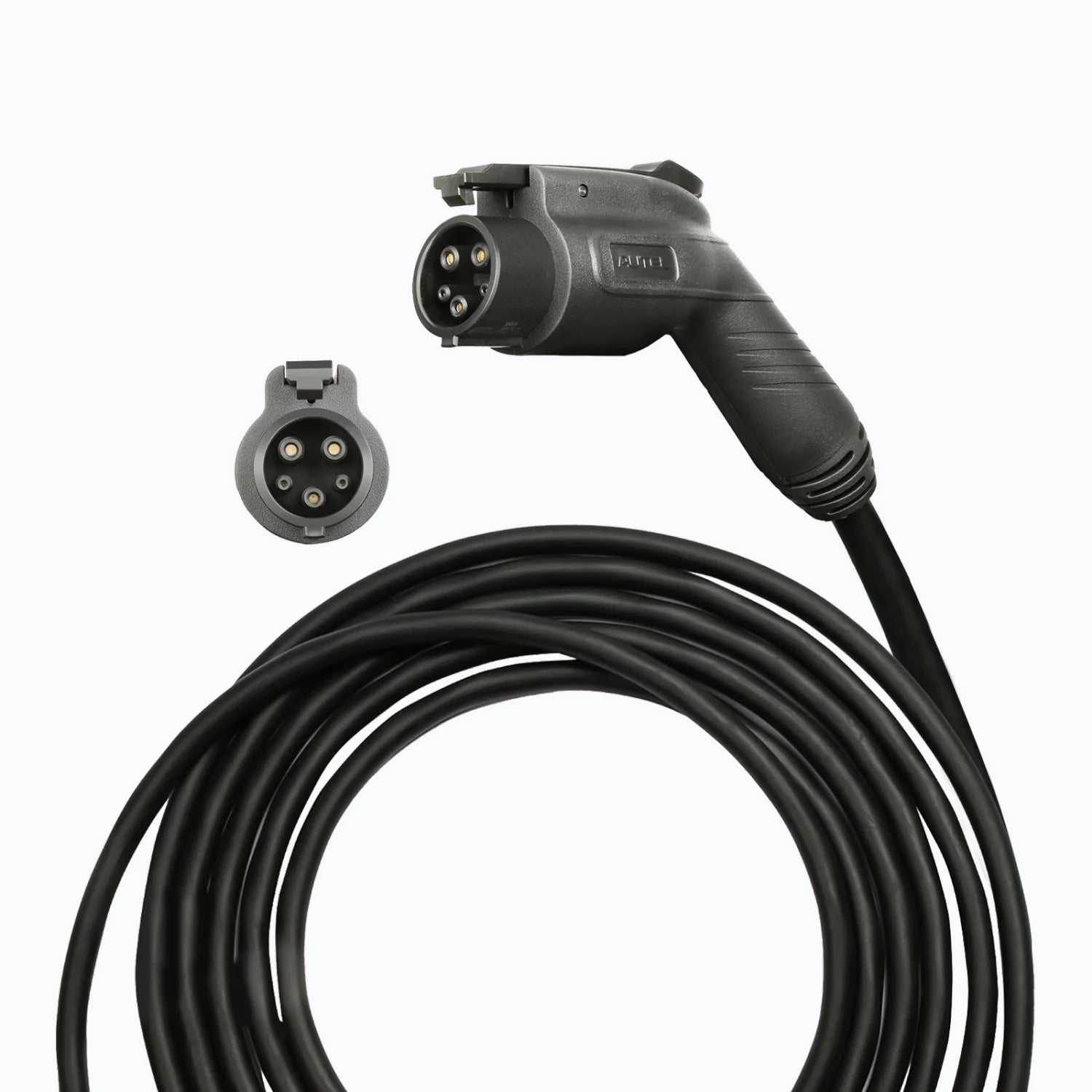
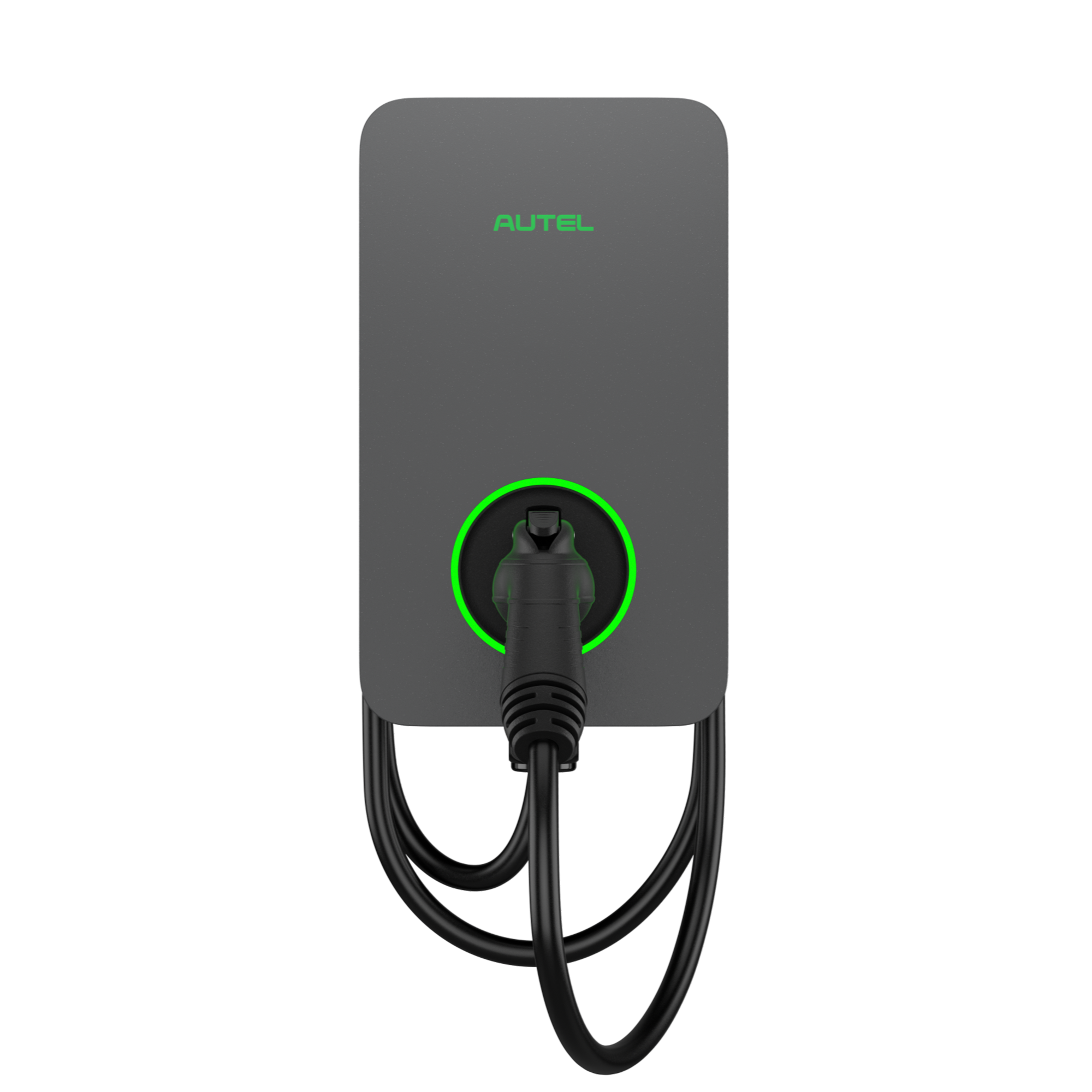

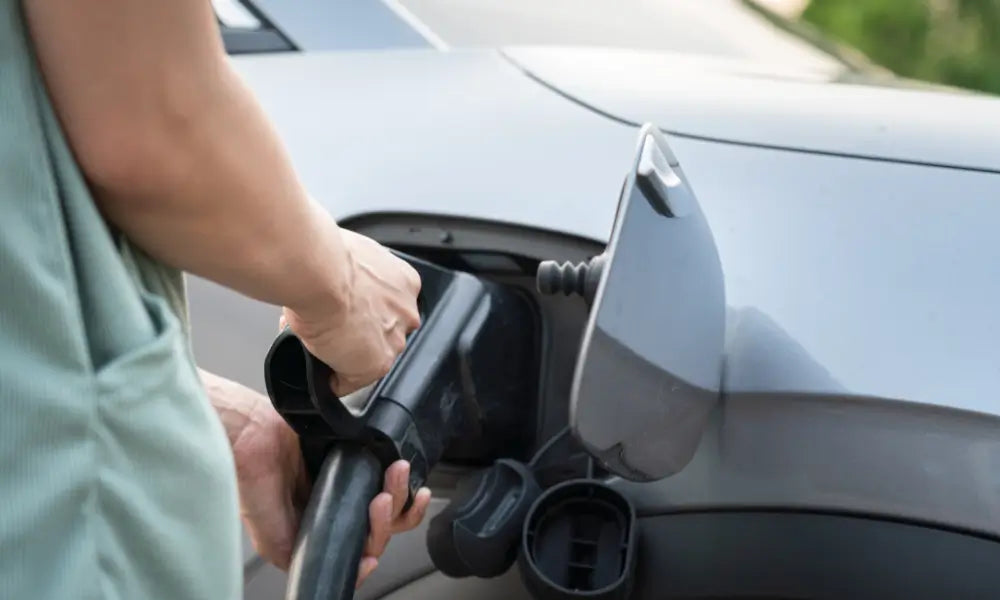
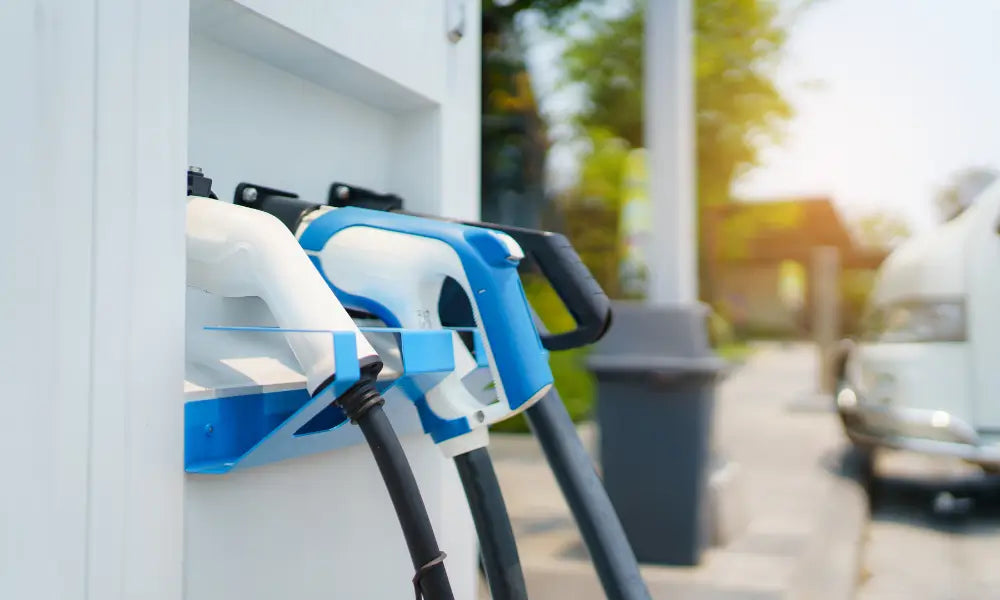

Leave a comment
All comments are moderated before being published.
This site is protected by hCaptcha and the hCaptcha Privacy Policy and Terms of Service apply.